Drive-In Movies (1950’s).
The active family and auto culture society that prospered throughout the 50’s generated a surge of drive-in cinemas throughout the United States, as a cars and truck enthused generation of clients looked for outside motion pictures as a method to appreciate their favored leisure activity with family members in the convenience of their very own vehicles.
Innovation of the Drive-In Movie Theater.
In 1931, Richard Hollingshead Jr. had and also operated in his very own auto supply shop called Whiz Auto Products Company. Constantly looking for the following fantastic originality, Hollingshead kept in mind that despite the fact that the Great Depression remained in full speed, individuals still found enough to go to motion pictures at their neighborhood cinema. How to incorporate his automobile components company with films? He imagined opening up a luxurious gasoline station and also automobile service center that included a dining establishment. Also, flicks for the clients to see while they clients awaited their vehicle fixings to be finished.
To bring his desire to fruition, Hollingshead started by trying the “outside flick” idea (as he proceeded, the idea changed to leave out the filling station and car repair work company).
Hollingshead evaluated the outside motion picture idea in the driveway of his house situated at 212 Thomas Avenue in Riverton, New Jersey. He positioned a 1928 Kodak projector on the hood of his automobile showing the film into a white display tacked to a neighboring tree. He attempted different positionings of audio speakers behind the display in an effort to discover the best range as well as velocity for the soundtrack. His experiments expanded in intricacy as well as quickly he was checking the audio estimate with opened windows in his vehicle at various elevations. He also made use of a lawn sprinkler to mimic rainfall to see exactly how outdoors sounds would certainly impact the soundtrack of the motion picture.
Hollingshead quickly recognized that if numerous autos were lined straight, the autos in the back would certainly not have a clear sight of the display, also as he changed the range of the display from the ground. To guarantee the vehicles had an unhampered sight of the display, he positioned ramps on the ground as well as owned the autos up into the ramps to elevate the front of the vehicle off of the ground. He reasoned that a collection of ramps put at taller and also taller elevations as you obtained closer to the display would certainly fix the trouble. Quickly Hollingshead fit with the arrangement as well as submitted a license (United States Patent 1,909,537) for the Drive-In Movie Theater on August 6, 1932.
While he waited on the license application to clear, Hollingshead started advertising his unique concept as well as looked for capitalists for the brand-new task. His relative, Willie Warren Smith, a car park driver, consented to companion with Hollingshead and also both developed Park-In Theaters Inc.. Edward Ellis, a roadway specialist, was supplied a part of the business’s supply for leading the great deal the cinema would certainly be found in Pennsauken Township, New Jersey. A 4th capitalist, Oliver Willets, an exec at Campbell’s Soup, was additionally permitted to give venture capital for shares of the brand-new business’s supply.
On May 16, 1933, the day the license was approved, Hollingshead started building and construction of the globe’s very first drive in movie theater on Crescent Boulevard in Pennsauken Township, New Jersey. Building took 3 weeks at a price of $30,000 and also consisted of a 40 foot broad by 30 foot high display situated 12 feet off the ground. The display was confined in a monstrous concrete and also block framework that can be seen from miles away. The drive in movie theater whole lot was led with crushed rock as well as oil to maintain dirt down as well as inhibit insects. Audio was provided by 3 six-foot square RCA audio speakers (that might be spoken with miles about on clear summertime evenings).
Opening up evening was arranged for Tuesday June 6, 1933. The brand-new drive in was to be recognized just as “Drive-In Theater”. Hollingshead hammered on the countless benefits drive-ins supplied over interior movie theaters. Drive-in Theaters supplied clients the alternative of cigarette smoking in their very own automobiles, not needing to stress over speaking and also disrupting various other film goers, did not need to fret about searching for or spending for car parking places (cinemas in the 1930’s were usually situated midtown where offered vehicle parking was thin) and also most notably, youngsters might be taken as well as enable sleep in the rear seat of the vehicle while their moms and dads appreciated the program.
Opening up evening was a smashing success as 400 vehicle lots of clients loaded the great deal to see the 1932 launch of Wives Beware. Oddly, a doubtful motion picture market required Hollingshead to pay $400 for a 4 day service of the motion picture while interior cinemas just paid $20 for a whole week. Admission was 25 cents for each and every automobile and also an added 25 cents for every individual, rather greater than the fundamental rate at the interior homes at the time (that were likewise supplying dual functions for a lower rate). Family members showed up in droves while young adults objected with “Down with Drive-Ins, More Work for Babysitters” indications (in the 1930’s, it prevailed for grownups to leave their kids with sitters while they appreciated an evening bent on enjoy a motion picture). A week later on Hollingshead included a snack bar to market food prior to and also throughout the program.
Success of the very first drive-in movie theater was brief lived. By 1936, Hollingshead was compelled to shut the movie theater in Riverton as well as removal his procedures to close-by Union, New Jersey. Profits excelled however Hollingshead sustained dramatically greater flick leasing prices compared to the normal interior cinema that made it tough to profit. Throughout that very same year, a 2nd cinema was opened up in Weymouth Massachusetts on May 6, 1936. The proprietors of the Weymouth Drive-In ignored to buy licensing legal rights from Hollingshead (that held the license for the drive-in motion picture idea) and also Hollingshead submitted a license violation match versus them. A negotiation was gotten to as well as Weymouth Drive-In became part of a licensing contract with Hollingshead’s Park-In Theater firm. Soon afterwards, cinemas started appearing throughout the location as well as lawful wrangling lasted for several years later. Numerous matches and also countersuits were submitted that Hollingshead can hardly stay on par with the lawful fights.
One instance, entailing Loews Theater in the late 1930’s, made its method to the First Circuit Court of Appeals. The courts choice was spectacular as well as smashed Hollingshead’s Park-In Company. The court ruled that the license, which was the basis for the licensing costs that Hollingshead accumulated from various other drive-in cinema proprietors, was void and also ought to have never ever been given to begin with. The court’s point of view was that the outside movie theater license was not creative as well as was simply a replica of the design of an interior movie theater using vehicles as opposed to seats. Although a squashing strike to Hollingshead as well as his Park-In Company, the result was to open up evictions for more drive-in cinema advancement. (to be continued)…
About MidModScout.com
MidModScout.com is an online resource for all mid-century modern enthusiasts. We feature helpful posts on MCM Home Décor, Interior Design, Wall Art, Textiles, Furniture, Vintage Artifacts, Graphic Arts, Modernism and more.
Collectors, Homeowners, and other lovers of MCM style art and furnishings will find our comprehensive online Resource Guides to be very useful. So if you’re looking for Home Service Pros, Appraisers, Advisors & Consultants, Auctions or other local mid-century modern experts in the Atlanta Metro area, we’re a good source. see Resources

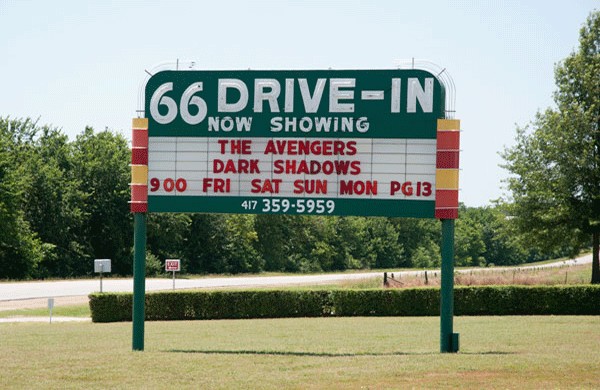

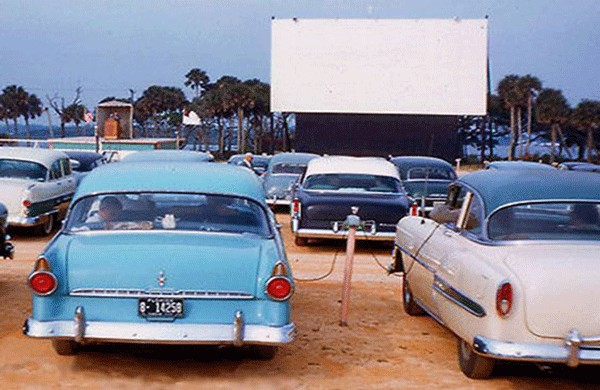
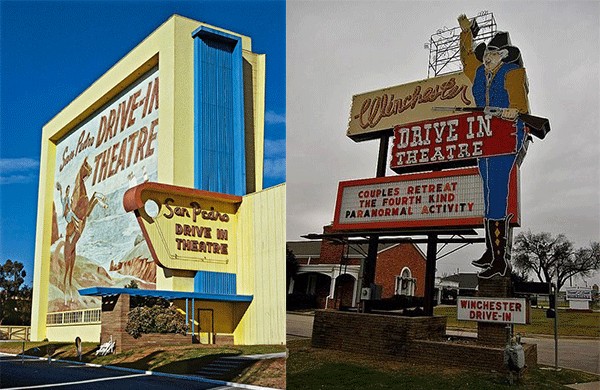
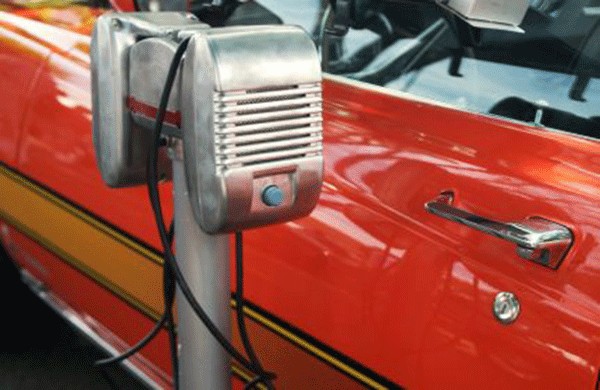
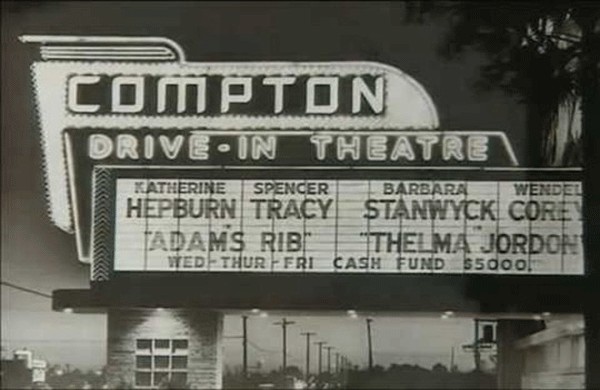
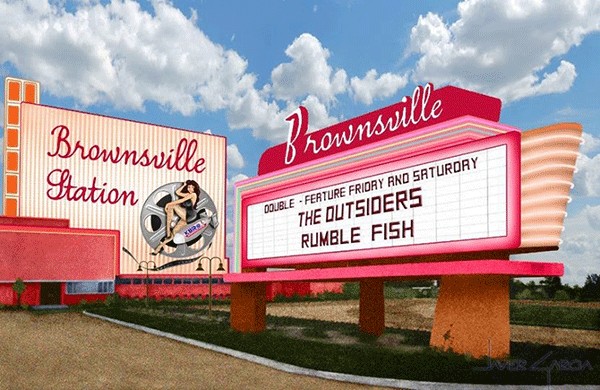
Leave a Reply